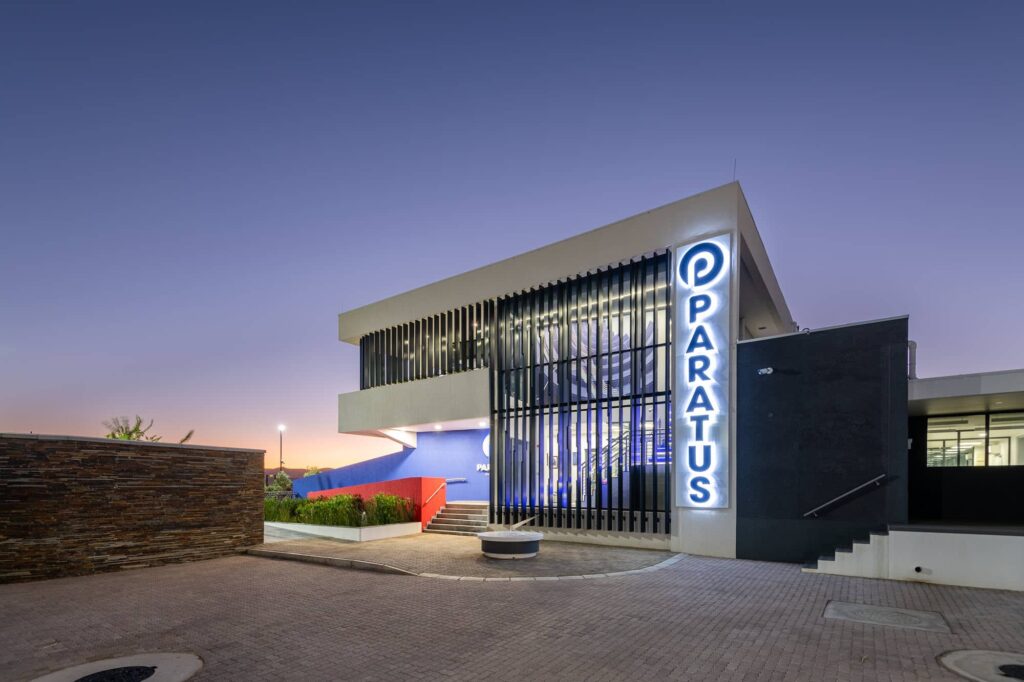Earlier last month, itel Mobile unveiled its new smartphone, the itel A100C, to the global market, and once again with no surprise, it comes aggressively at a low price point, positioned as a no-frills everyday phone for first-time smartphone buyers and cash-conscious upgrades.
Now available in the Ugandan market, the itel A100C is retailing at UGX 245,000 (for the 2GB + 64GB model) in itel-branded and authorized mobile phone stores nationwide. itel also has the 3GB + 128GB model, so do note that differences in RAM and storage affect the price, so check the exact model before you buy. In a bid to make the device more accessible, itel has partnered with TakeNow to introduce a flexible payment plan. Under this arrangement, customers can secure the phone with an initial deposit of UGX68,000 and clear the remaining balance over a period of 180 days.
At first glance, the itel A100C stands out in two key areas that matter most in the budget segment: display smoothness and battery life. It features a 6.6-inch IPS LCD with a 90Hz refresh rate, a specification rarely seen at this price point, delivering a noticeably smoother user experience. Complementing that is a 5,000mAh battery built for all-day performance. Together with the addition of itel’s UltraLink feature, these form the core highlights of the A100C’s appeal.
Under the hood, a UNISOC T7100 chipset, an Octa-core processor paired with 2GB RAM and 64GB onboard storage which can be expanded with a microSDXC card. The A100C runs on Android 15 (Go edition), coupled with itel OS 15 layer to keep the experience snappy on lower RAM configurations.
When it comes to the camera setup, the A100C keeps things modest —as expected for its price range. It sports a single 8MP rear camera and a 5MP front shooter, a combination that won’t impress photography enthusiasts but delivers adequate results for everyday snapshots and social media use within its target audience.
itel’s positioning is deliberate: give buyers the tactile benefits they notice first (smoother scrolling and all-day battery) while trimming costs in areas where casual users are less demanding, such as camera hardware and heavy multitasking performance.
Still, buyers should balance expectations. The chipset is competent for everyday tasks such as messaging, social media, and streaming short videos, but it’s not in a position to deliver a top-tier gaming or multitasking experience. The 720p display resolution, on the other hand, while adequate, won’t match the crispness of pricier models. And like many cost-focused launches, local software customisations and promotions will shape the real-world value proposition more than raw specs alone.
Bottom line: the itel A100C is a pragmatic release tailored to price-sensitive markets. If you want a phone that feels smoother than the ultra-budget competition, keeps you online all day, and doesn’t break the bank, the A100C is worth considering. If you prioritise camera quality, heavyweight apps, or a high-res display, you’ll find better but more expensive options.
What this availability means for Uganda’s smartphone market is straightforward: devices like the itel A100C are helping close the gap between feature-phone ownership and true smartphone access. By pairing aggressively low pricing with flexible installment plans, itel is lowering the financial barrier for first-time buyers and making cost-conscious upgrades a practical route to wider smartphone penetration. That wider access matters beyond device counts: more affordable handsets expand access to mobile banking, e-commerce, education, and health services, and ultimately drive higher internet usage.
The company’s push dovetails with government ambitions to close the digital divide, meaning private-sector affordability moves and public-sector connectivity goals are increasingly complementary, though the real test will be whether networks, retail distribution, and digital literacy keep pace with the influx of new users.






